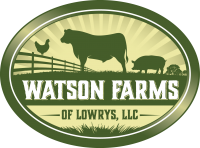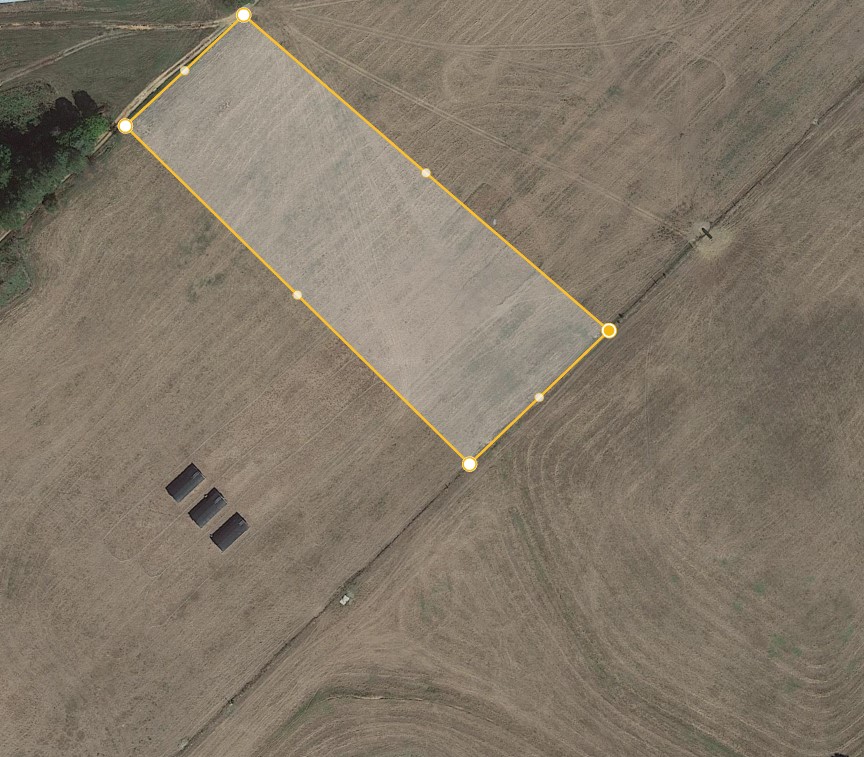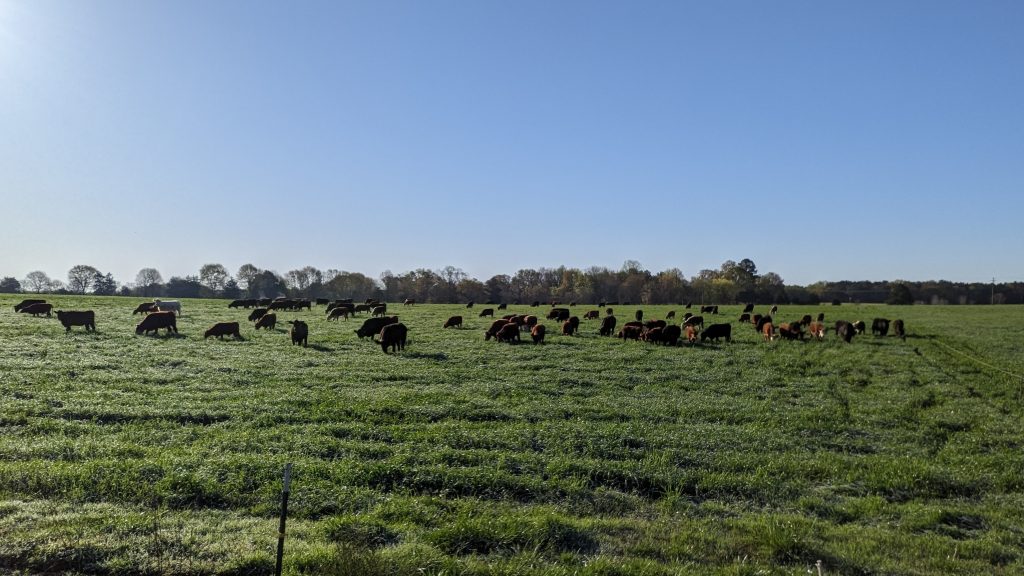This is a fun blog series where we show you exactly the paddock that our animals are enjoying on a particular day. All of our animals are raised in their natural environment and the common denominator among them all is PASTURE ROTATION! So take a look through these blog posts to see where the animals find themselves on a given day.
Our pasture is in a growth spurt right now and the cattle are extremely happy! They’re gaining well and in fact there’s more grass than they can eat. We hope to be purchasing more cattle soon to take advantage of this annual glut of forage.
- Size: 3.42 acres
- Number of head: 110
- Class of livestock: feeder and finisher cattle
- Type of grasses: rye, ryegrass, clover
- Grazing duration: 24 hours







